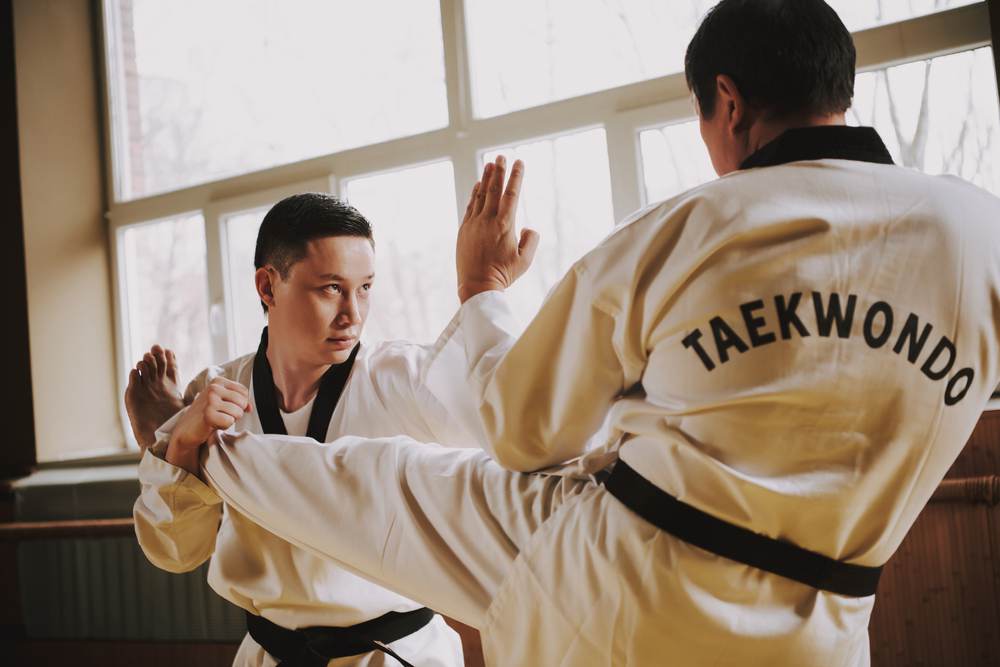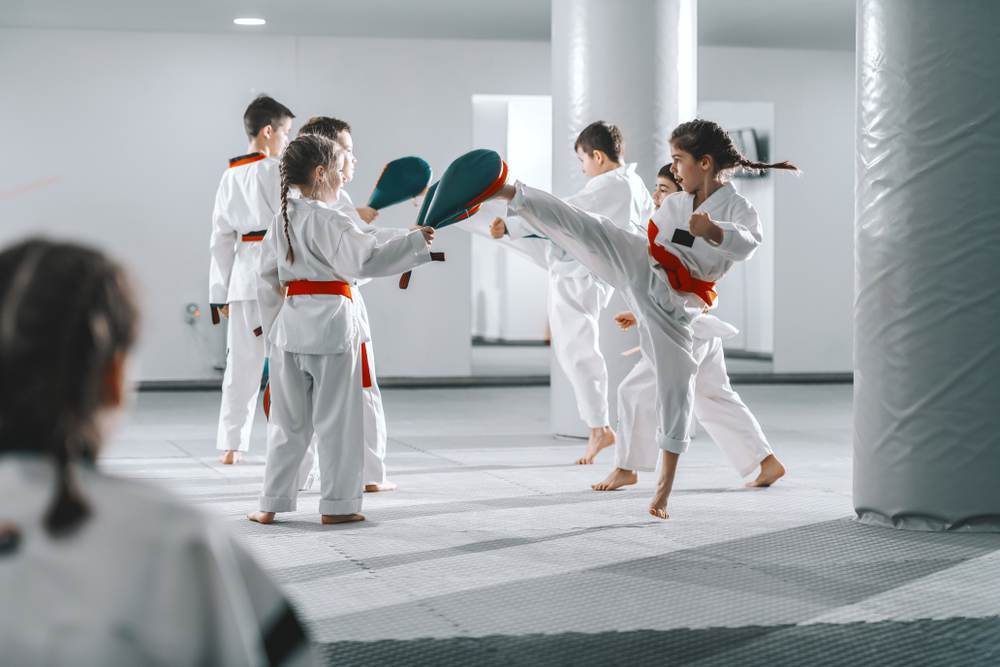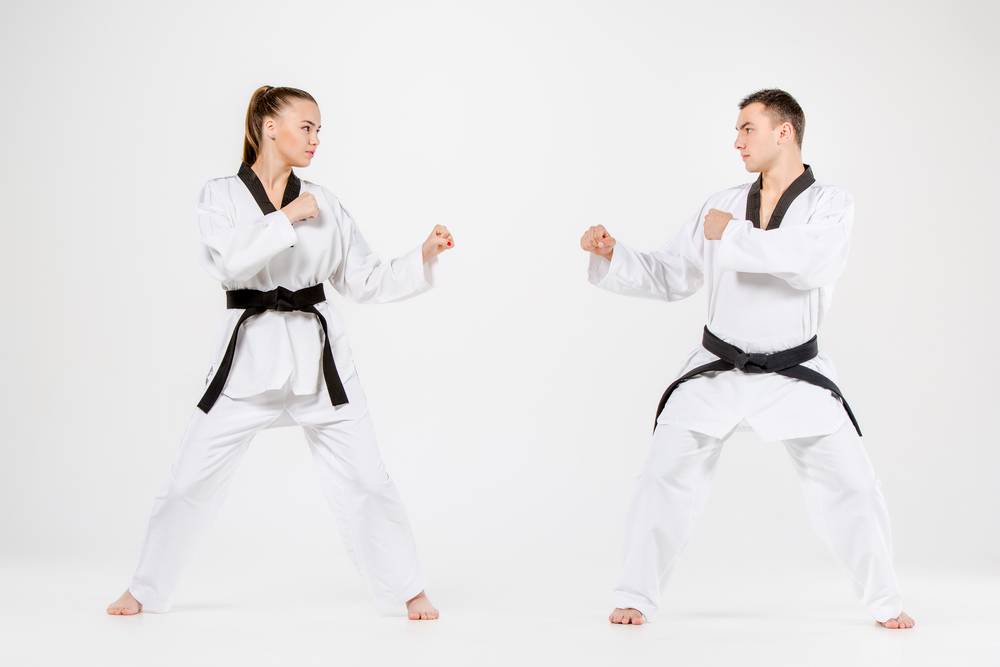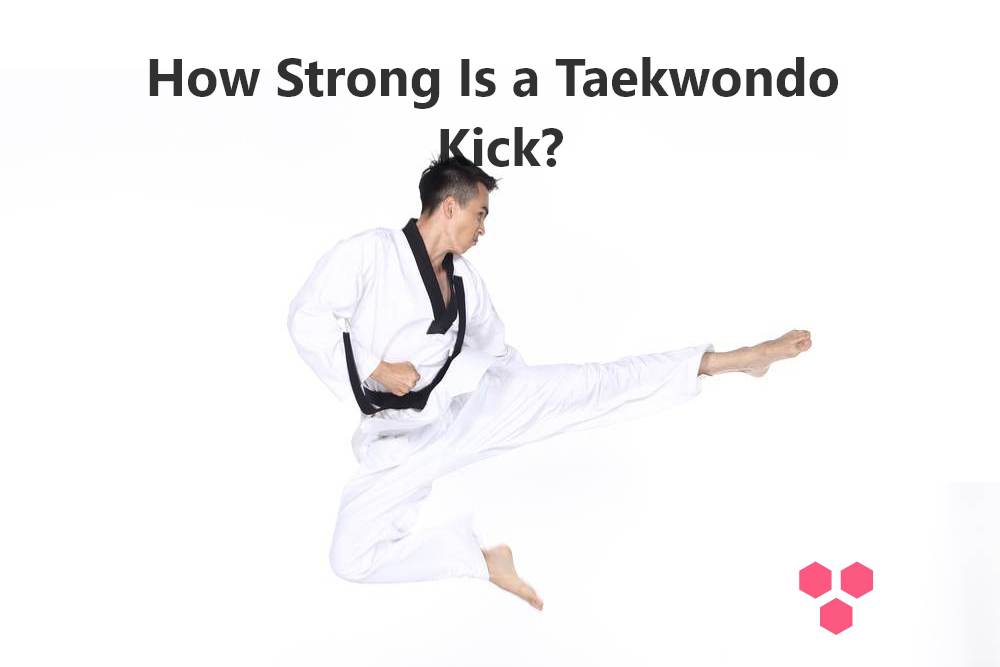The change in the martial roots of Taekwondo occurred when the leaders of the Korean Taekwondo movement began to try to make the art of Karate their own.
It was also at this time that the style itself splintered into two main factions:
- Sport Taekwondo, which is today under the auspices of the World Taekwondo (WT) and
- Traditional Taekwondo, which is under the control of the International Taekwondo Federation (ITF).
This split occurred for a simple reason.
After the end of the Korean occupation by the Japanese, Korean martial arts changed into a combination of Chinese, Japanese, and Okinawan hand techniques mixed with Chinese, Japanese, Okinawan, and Taekkyon kicking techniques.
This continued after the Korean war when a wave of nationalism and patriotism within Korea led to a “Koreanization” of Japanese karate.
This “Koreanization” consisted of changing Japanese names to Korean alternatives.
This is often seen in the naming of patterns such as: (Japanese → Korean) Heian → Pyong-An; Tekki → Chul-gi;
Bassai → Pal-sek; Kanku Dai → Kong Sang Koon; Jitte → Ship-Soo; Empi → Yoon-bi; and many other examples.
It is through the denial of the Japanese roots of Shotokan inherent within Taekwondo that the Taekkyon Derivation theory gained momentum, however flawed it may be.
The final step of the “Koreanization” of Shotokan was the creation of a set of techniques that were significantly different from those found in Shotokan.
This was accomplished by the competition ruleset found in today’s “Olympic-style” Taekwondo sparring.
This system was actually opposed by the 1st generation masters who held to their link to Shotokan.
The reason that the masters didn’t like the change was simply that the changes removed the self-defense aspect of their art, in essence making it a game of tag, much like the uniquely Korean Taekkyon.
The rules of the new Korean Taekwondo were as follows:
- No strikes to the face
- No strikes below the waist
- No grabbing
- Mandatory body protection
- A scoring system, and
- Continuous fighting.
The result of these changes was the elimination of all grappling and controlling techniques, effectively relegating the self-defense aspect of the art to the ability of the practitioner to keep an attacker at bay, primarily through kicking techniques.
The “Koreanization” of the art resulted in a few other changes to the philosophy of the art.
For example, traditional Taekwondo uses an attack → block → counterattack methodology for self-defense.
This was eliminated when Taekwondo adopted a sporting outlook as the new Taekwondo adopted an attack → counterattack.
The adoption of the new attack → counterattack method eliminates the need for blocking, which eliminates a key period of defensive contact that allows for a transition into grappling techniques.
Another difference between sport and traditional Taekwondo that lends itself to the premise of inherent grappling techniques in Taekwondo is a difference in mindset that’s exhibited between the two versions of the art.
The purpose of Taekwondo sport is to perform a technique correctly so that you are able to score more points than your opponent and thereby win the match.
This philosophy greatly differs from that of traditional Taekwondo which adopts a mindset much more like its Japanese predecessors.
The purpose of traditional Taekwondo is to perform a technique correctly so that you may disable or kill an opponent.
See: Can Taekwondo Kill?
The implementation of this purpose requires that grappling techniques be present in a style.
It is true that striking techniques are able to disable or kill an attacker, but not nearly so quickly or efficiently as grappling techniques.
Lastly, don’t forget that one of the early Kwans, the Oh Do Kwan, was a military body that needed efficient disabling and killing techniques on the battlefield.
And the leader of the Oh Do Kwan, General Choi Hong Hi, was the head of the International Taekwondo Federation, essentially the governing body of Traditional Taekwondo.
Is Traditional Taekwondo Better?
Absolutely, especially if you are learning the art for self-defense purposes.
This, therefore, makes the ITF style more practicable and effective for self-defense as it is probably the only modern style closer in self-defense practice to traditional taekwondo.
The honest truth is that modern taekwondo has lost some of its deadly impacts, no thanks to the restrictions placed by modern taekwondo organizations especially the WT on the use of certain skills, i.e grappling.
Also, some of the original values and Rules of Ethics (i.e discipline and character) which are somehow lacking (or not emphasized enough) in many modern taekwondo schools remain held in high regard in traditional taekwondo.
In traditional taekwondo, the mental aspect of the art is equally as important as the physical aspect.
Modern taekwondo however is more focused on the latter.
Note however that while traditional taekwondo seems to have the edge, this is not always the case.
For example, some students are only interested in practicing taekwondo just as a recreational exercise or as a sporting activity. Others learn for weight loss purposes.
For such students (which includes kids and the elderly) modern taekwondo would be better as it (among other things) approaches taekwondo as a sport and also has enough training drills to help interested students lose weight fast.
Also, modern taekwondo is more fun compared to traditional taekwondo, all thanks to its relaxed rules and training program.

Hi, my name is Godwin. I am a passionate martial artist with black belts in Taekwondo and Karate. I have over 15 years of martial art experience. I created this platform to enable me to help you learn martial art the right way.





